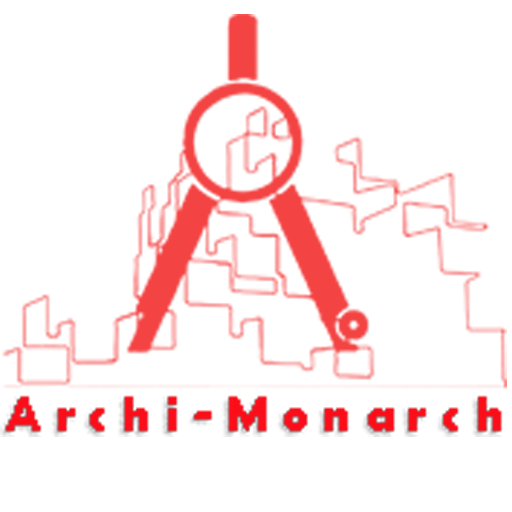In architecture, a corridor is a long, narrow passage that connects different rooms or areas within a building. It functions as a circulation space, allowing people to move efficiently between various parts of a structure.
Corridors are commonly found in residential, commercial, and institutional buildings, such as schools and hospitals. They can be designed in various forms—straight, L-shaped, or curved—depending on the building’s layout.
While primarily utilitarian, corridors can also serve aesthetic and social purposes when designed with natural light, ventilation, or visual interest in mind. Their width and design are often guided by building codes to ensure accessibility and safety.
If you want to know about the submission drawing or lift lobby and atrium detail or standard detail, please click the link.
Image of Corridor detail and downloadable (in DWG) link below

Corridor detail drawing – 1
A corridor detail drawing in construction is a technical representation that illustrates the specific design, materials, dimensions, and construction elements of a corridor within a building. These drawings are essential for ensuring accurate execution on-site and typically include both plan views and section views.
Here are some common elements found in corridor detail drawings:
Floor Plan View:
- Shows the corridor layout in relation to surrounding rooms.
- Indicates corridor width, door openings, and clearances.
- Includes materials like flooring type (e.g., tiles, vinyl, carpet) and baseboards.
Section View:
- Illustrates vertical details such as ceiling height, floor build-up, and wall finishes.
- May show suspended ceiling systems, light fixtures, HVAC ducts, and fire protection systems.
- Indicates wall construction details—such as drywall thickness, insulation, and finishes.
Elevation Views:
- Depict finishes on corridor walls, placement of signage, handrails, or decorative elements.
- Show the alignment of doors, windows, and other openings.
Construction Notes and Annotations:
- Provide specifications for materials, fire ratings, acoustic treatments, and accessibility compliance.
- Include dimensions, levels, and references to other relevant construction drawings.
Compliance Features:
- Includes features like wheelchair turning space, emergency lighting, and fire exit signage.
- Ensures the corridor meets local building codes and standards (e.g., ADA, NFPA, etc.).
Overall, corridor detail drawings serve as a vital communication tool between architects, engineers, and contractors to ensure the corridor is built to code, is functional, and contributes to the overall design intent of the building.
Our tips to help you improve your architectural Corridor detailing.
